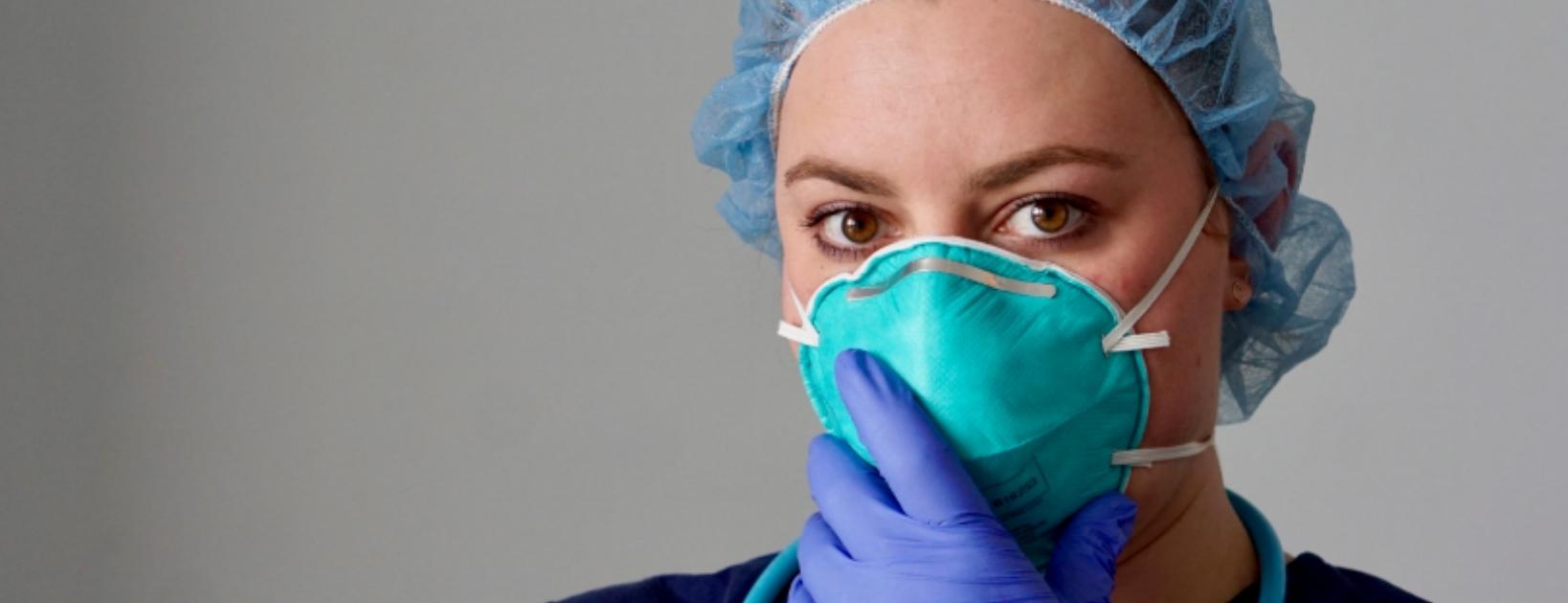Blog Center
Explore the latest stories and insights!

How to tell if N95 or KN95 Respirators are Fake
Date: 2021/03/10
OSHA | 6.5 MIN READ
This blog post details how to tell if N95 or KN95 respirators are fake.
Many employees, especially in the healthcare and dental fields, are required to wear an N95 respirator due to the COVID-19 pandemic.
Unfortunately, employers need to be on the lookout for counterfeit N95s. Since the beginning of the pandemic, U.S. Customs and Border Protection officers have seized nearly 15 million counterfeit respirators.
Fake N95s complicate OSHA compliance and leave your employees at risk of COVID-19.
OSHA Compliance and NIOSH Approval
First, just a recap: OSHA stands for the Occupational Safety and Health Administration. OSHA laws are mandatory, and noncompliance leaves your organization at risk for hefty fines.
If any of your employees wear a respirator, your organization needs to comply with OSHA’s respiratory protection standard. N95s, although commonly referred to as masks, are respirators.
So why does NIOSH matter when it comes to OSHA compliance? NIOSH is the National Institute for Occupational Safety and Health. OSHA adopts NIOSH’s respirator standards. To be compliant with the OSHA respiratory protection standard, respirators at your workplace need to be NIOSH-approved.
Counterfeit respirators complicate OSHA compliance. Since there are so many fake N95s floating around, be on guard to ensure your employees are adequately protected.
You may be thinking it’s easy to spot fake N95s. But they’re created to look very real.
How to tell if N95 Respirators are Fake
The counterfeit respirators are marketed as being NIOSH-approved, but they are not. So how can you tell if one is fake? Here are signs that the N95 may be a counterfeit from the for Disease Control and Prevention (CDC) :
- No markings on the respirator.
- No approval (TC) number on the respirator or headband.
- No NIOSH markings.
- NIOSH is spelled incorrectly.
- Presence of decorative fabric or other decorative add-ons (ex: sequins).
- Claims for the of approval for children. NIOSH does not approve respiratory protection for children.
- Filtering facepiece respirator has ear loops instead of headbands.
Before you buy: Study the Website
Before you even buy N95s, you can study the website to see if the respirator is likely a counterfeit. Here are signs to look out for on the website:
- Bad grammar, typos, misspelled words, and other written errors.
- Blank pages on the website.
- Broken links on the website.
- A nonsense privacy page.
- Misspelled domain.
- Mixed up logos and names.
- Primary contact email that is a free email service (ex: Gmail).
When the “manufacturer” describes the product, look out for these red flags:
- Claims to be legitimate and genuine.
- Unsatisfactory reviews left by previous customers.
- The seller only recently started selling N95s due to the pandemic.
- The price is too good to be true.
- There are fluctuations in the price.
- The seller has an unlimited quantity of respirators.
- Seller supplies personal contact information (Third-party marketplaces require interactions between seller and buyer to occur within an on-site messaging system).
- Pictures of the N95 show any of the signs of a fake respirator described in the previous section of this blog post.
Before buying, look through the CDC’s list of counterfeit N95s. Even if the manufacturer is not on the CDC’s list, be wary. The CDC may not be aware of the fake manufacturer yet.
How to tell if KN95 Respirators are Fake
The U.S. does not regulate KN95 masks. This means the CDC doesn’t have a list for possible signs of fake KN95s. Spotting a fake KN95 may be harder. However, if a KN95 says it’s NIOSH approved, you know it’s fake. NIOSH doesn’t approve any KN95 masks.
The U.S. Food and Drug Administration (FDA) has authorized some KN95 masks for emergency use. Federal OSHA accepts the FDA’s Emergency Use Authorization, but some State OSHAs don’t allow KN95s. An example is Oregon OSHA . Check to see if your state has their own OSHA and what their policy is regarding KN95s.
If your state does allow KN95s, the FDA keeps a running list of all the masks it has authorized for emergency use. Don’t use a KN95 that isn’t on the FDA’s list.
Need help with OSHA Compliance?
Another tip on how to spot a fake N95 or KN95 respirator from Smart Training’s Vice-President of Healthcare, Lee Slaton: “If a product you’re looking at talks about a respirator and a Level III mask in the same sentence, I would run.“
If you need help complying with the OSHA respiratory protection standard, Smart Training can help. Our compliance packages (Dental Platinum+, Dental Essentials, and Complete Medical Compliance Solution) help you with all aspects of OSHA compliance, including the Respiratory Protection Program.
Request a demonstration today to speak to a Smart Training Compliance Adviser.
Subscribe to Our Blog
You may also like